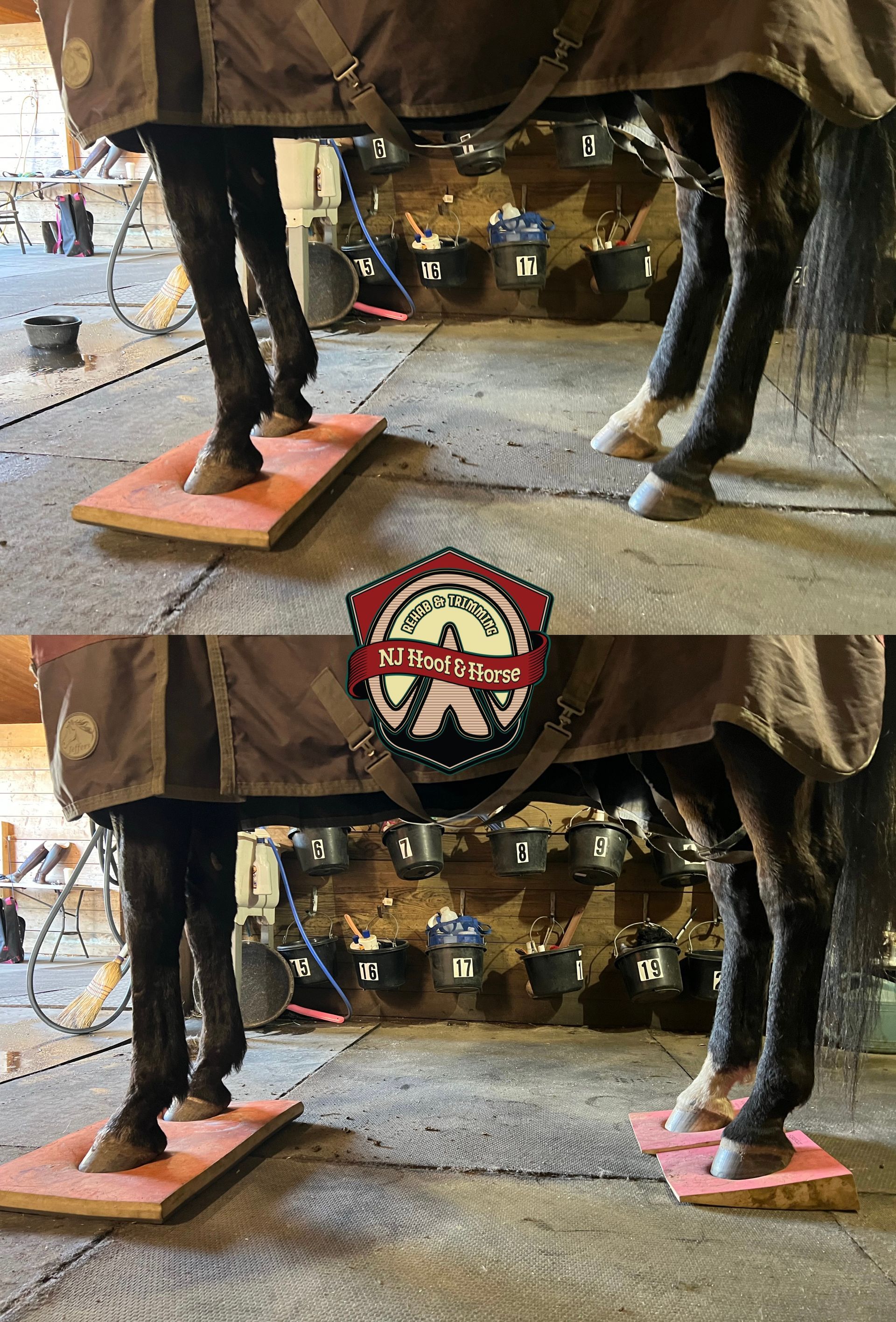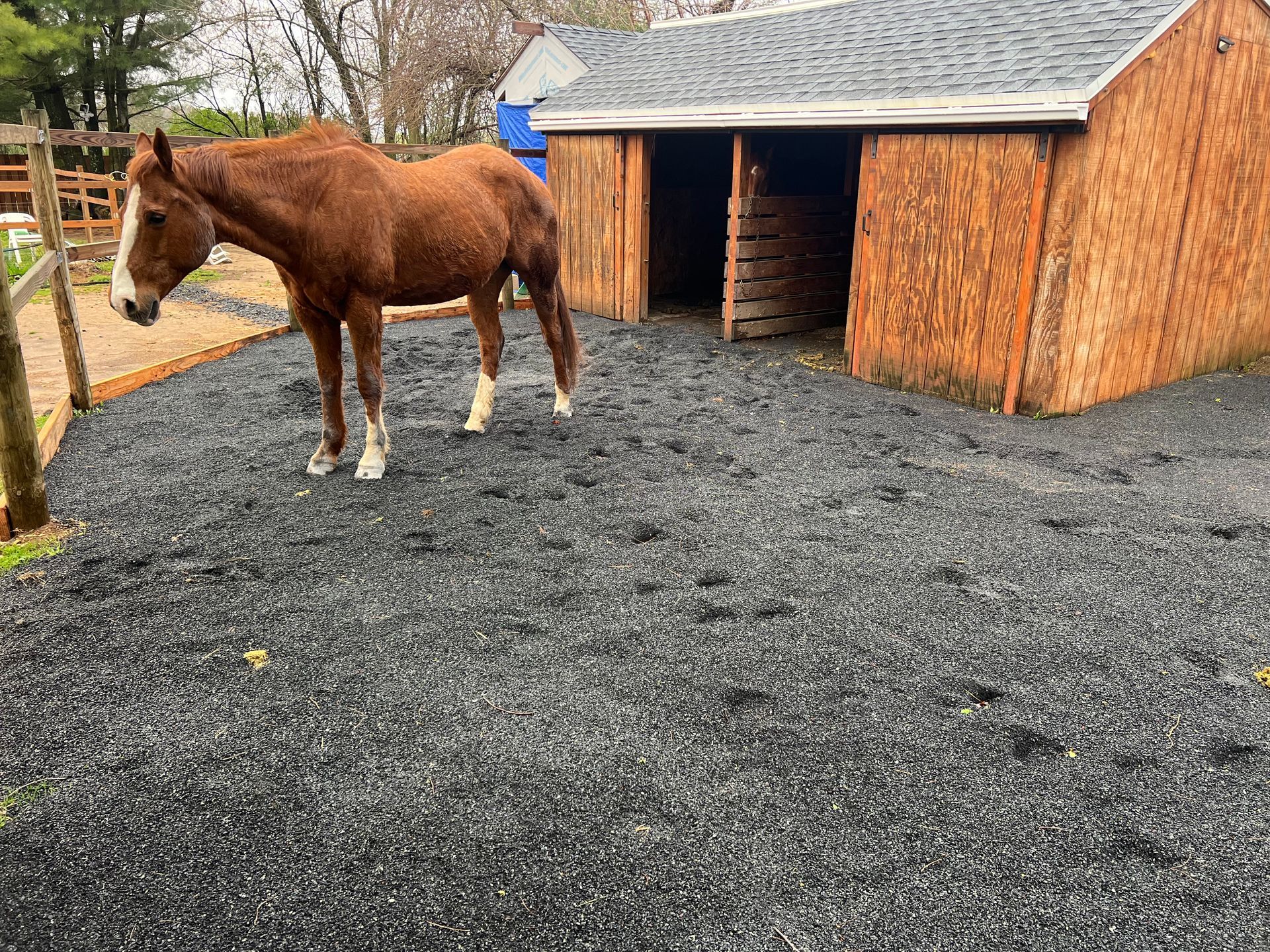Long Toes
One Minute Discussions #43
Discussing Natural Hoof & Horse Care
LONG TOES
So many horses suffer from problems caused by long toes that it’s becoming a pandemic in the domestic horse world. Many people will look at a long toed foot and count it as “normal” or “within adequate proportions”.
Truth is, the longer the toe the more stress the foot is experiencing.
Not only do long toes create a serious amount of flexion on the tendons in the caudal aspect of the foot, but they also lead to soft tissue degeneration (primarily the digital cushion and lateral cartilages).
Take this leg for example in the picture. It’s a donkey. Notice how broken back the HPA (hoof pastern axis) is. Imagine all the strain that is put into the bony column and the deep & superficial digital flexor tendons, along with so many other soft tissues. Take in mind that this little donkey is only 400-500 pounds, not that much weight and yet it’s still uncomfortable for him. But imagine the same toe, same scenario, with an average sized horse. Imagine what strain is being put on those soft tissues. Pretty painful.
The difference between the two images is 5 minutes. Many would think that such an aggressive trimming approach would lame the horse/donkey but if done correctly, with proper knowledge, it IS possible to achieve dramatic results within a short period of time, helping the animal to our best advantage while keeping it sound.
If we’ve achieved such amazing results statically, imagine how comfortable the animal is in movement!
Keep an eye out for long toes, don’t view distortions as “normal” and always remember that long toes cause problems, so it’s best to avoid or professionally manage them in the first place.
Denys A.

